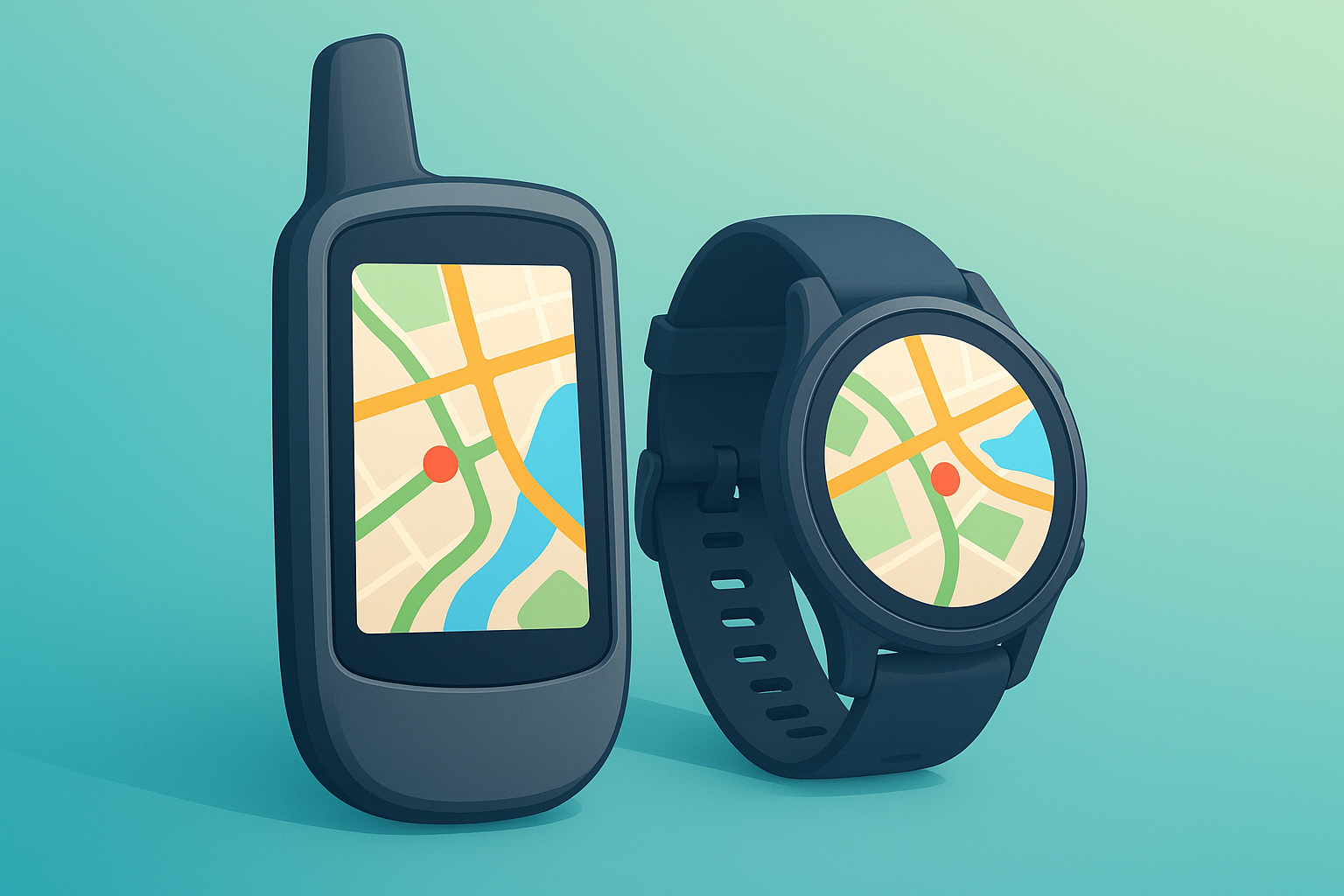Amazon Leo is the official new name of Project Kuiper, Amazon’s ambitious satellite-internet initiative designed to bring high-speed connectivity to remote and underserved regions around the world.
And no “Leo” isn’t a reference to astrology or Leonardo da Vinci. It stands for Low-Earth Orbit (LEO), the area of space located within roughly 2,000 kilometers from Earth’s surface. That’s precisely where Amazon’s satellite constellation operates. The old name, “Kuiper”, actually evoked the Kuiper Belt a faraway region beyond Neptune filled with icy objects which was a bit misleading for a project destined to orbit much closer to home.
A New Identity, Same Ambition: 3,000 Satellites to Take on Starlink
Under its new name, Amazon Leo is gearing up for a massive expansion: the company plans to deploy around 3,000 satellites in total. So far, only six launches have taken place three of which used SpaceX’s Falcon 9 rockets, carrying a combined total of 72 satellites.
Yes, you read that right: Amazon is relying on the rocket company owned by Elon Musk, the same person behind Starlink, its biggest competitor in this space race. Capitalism is full of fascinating plot twists.
Meanwhile, Starlink has already surpassed a staggering milestone: 10,000 satellites launched. That number makes it clear Amazon has a lot of ground (or rather, orbit) to catch up.
Still, Amazon is confident that Leo will quickly gain momentum and begin closing the gap.
High-Speed Internet for All… Space Debris Included?
Like Starlink, Amazon Leo aims to deliver reliable high-speed internet to regions where traditional infrastructure can’t reach rural areas, isolated communities, developing countries. And if both companies succeed, it could be transformative.
However, there’s a major concern: space debris.
Launching thousands of new satellites increases the risk of collisions in orbit, potentially threatening future space missions including those carrying humans. Astronomers are already raising alarms about the impact on scientific observations, as satellite trails leave bright streaks across telescope images.
The more crowded LEO becomes, the bigger the challenge of keeping space safe and functional.
A New Name for a New Phase
Renaming Project Kuiper to Amazon Leo won’t change anyone’s daily life at least not yet but it signals a shift in Amazon’s strategy and communication. The new name may be less poetic, but it’s certainly clearer, more memorable, and easier to explain.
As the race for space-based connectivity accelerates, one thing is certain: Starlink has competition, and Amazon Leo has officially entered the game.


